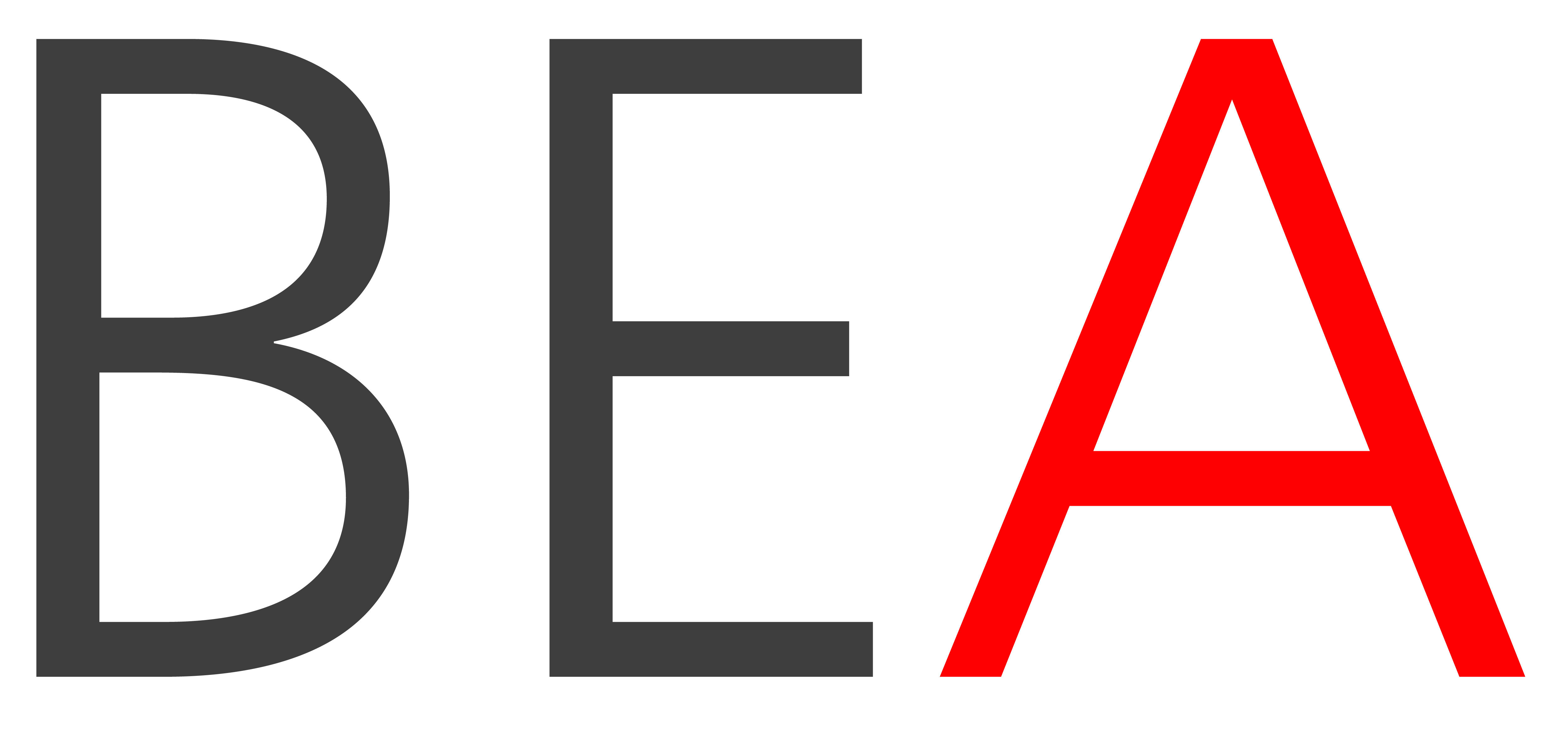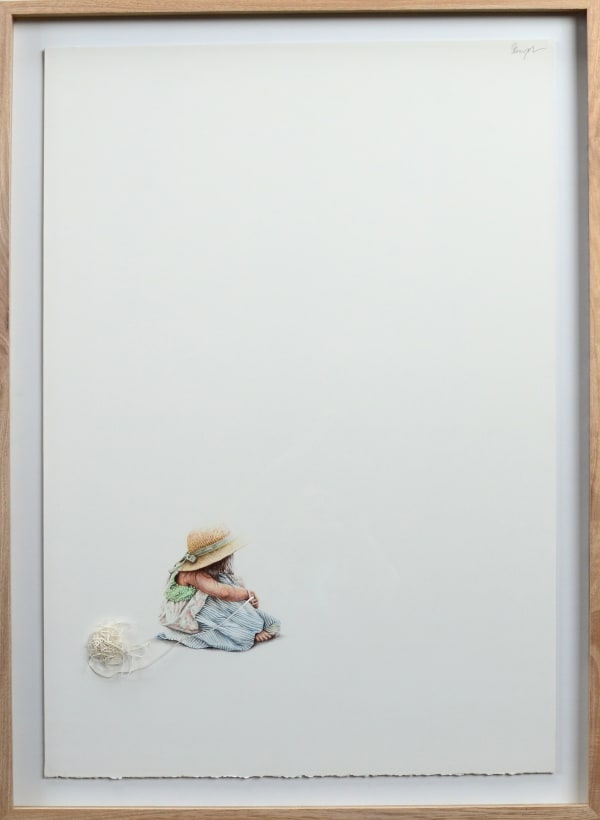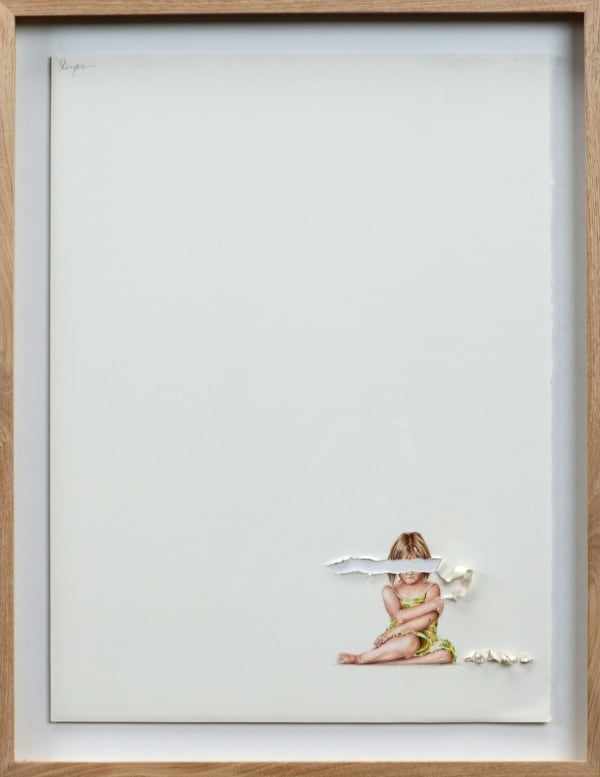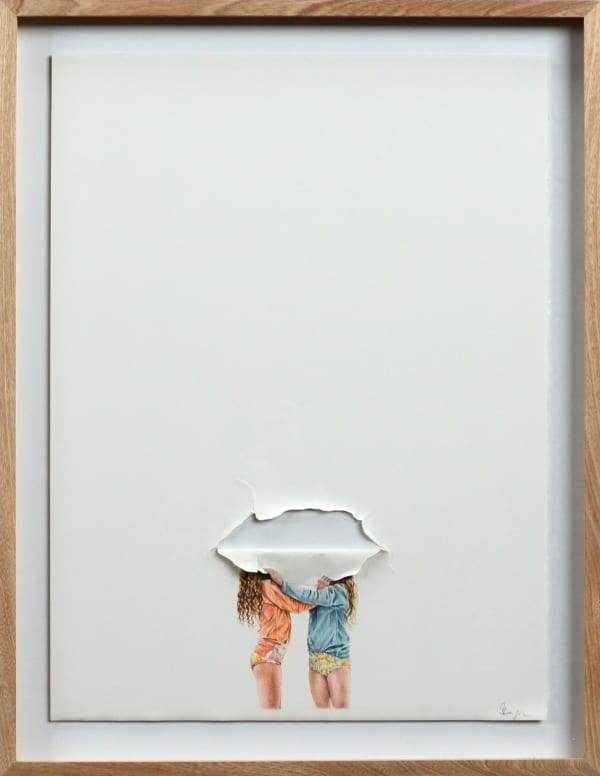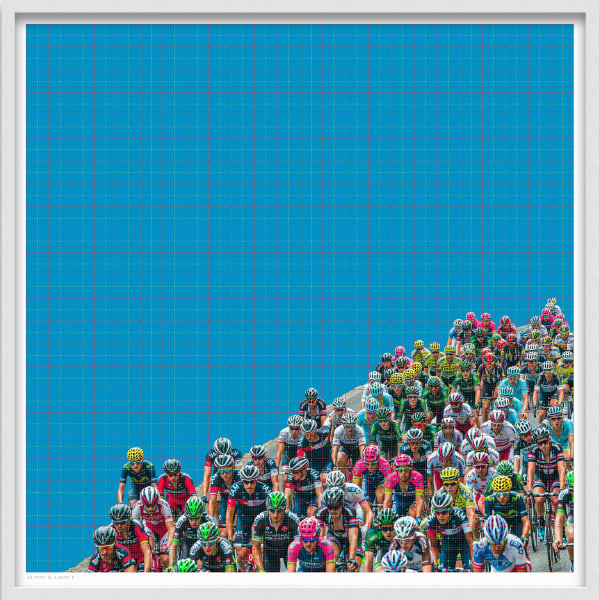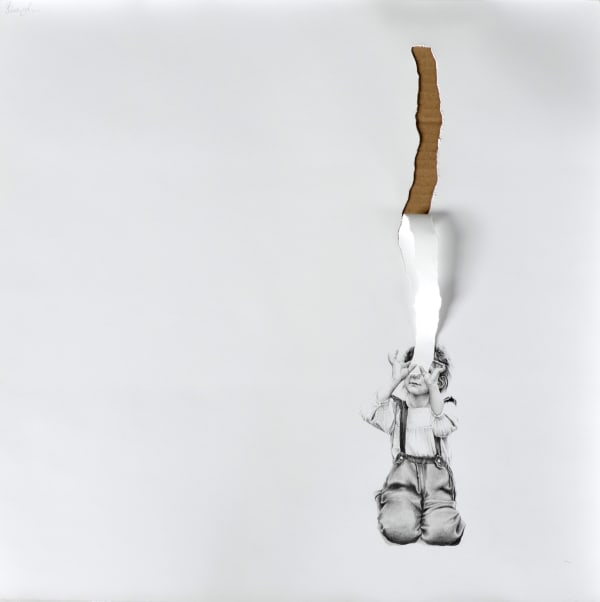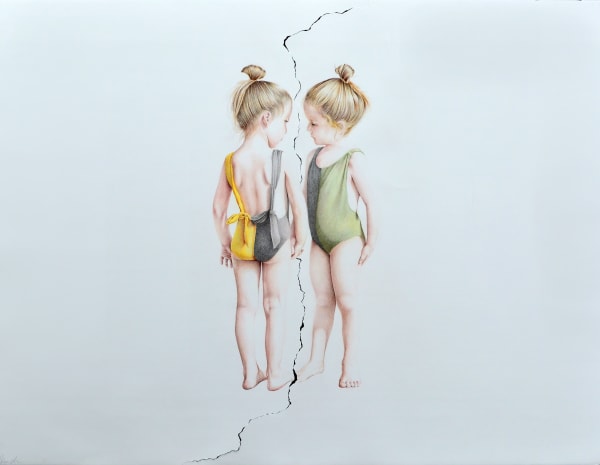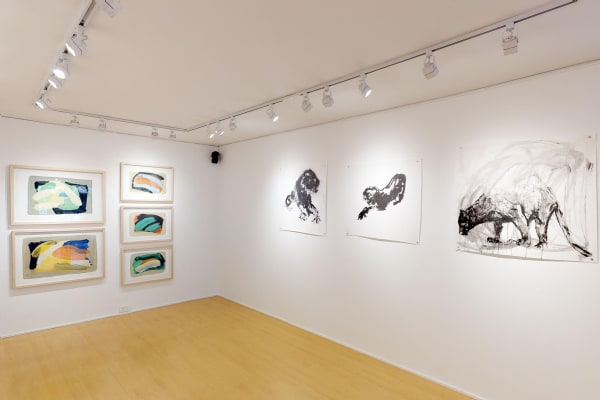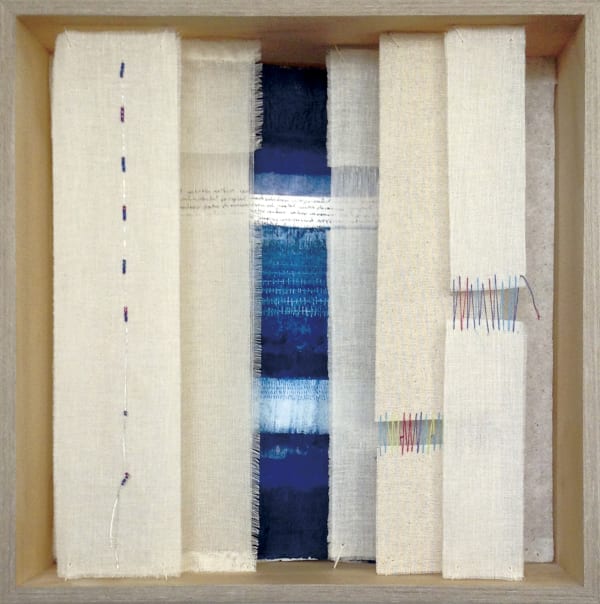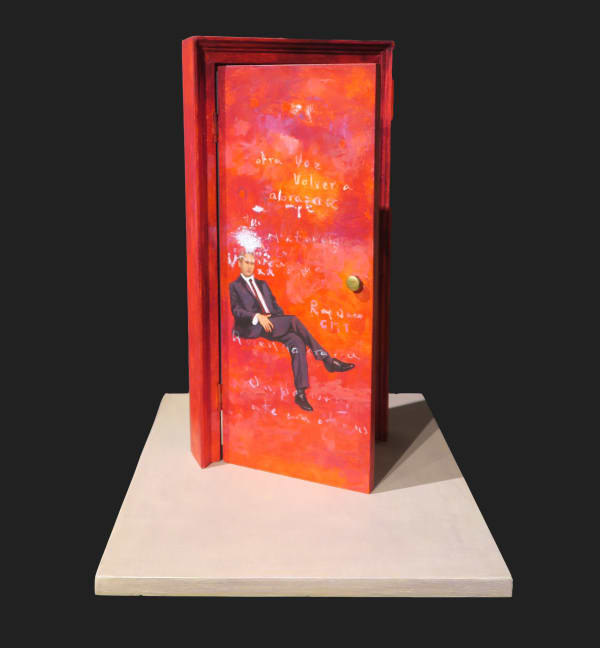Pablo Arrázola's work explores the interplay between childhood innocence and existential contemplation, using poetic drawing techniques to evoke boundless possibilities within the vastness of white space.
What are the expressive possibilities of a line, texture, or gesture in space? These and other questions guide the work of Pablo Arrázola (Colombia, 1991), who transforms drawing into a poetic medium, bringing hyperrealist images of children to life as they inhabit the vast white paper. Under the artist's hand, this paper ceases to be merely a support and instead acquires an abstract, sculptural quality with a minimalist tone. While Arrázola's detailed compositions evoke a longing for an idealized childhood, they also suggest an existential visual narrative that invites contemplation, drawing attention to the silence of the white and the echo of every fold and mark. With a playful approach, oscillating between precision, gesture, and void, Arrázola creates alternative worlds where one image embodies both the self, through memory and yearning, and the surrounding infinity revealed in textures and traces of time and space.
Over the years, Arrázola's affinity with dry media drawing, nurtured by his background in visual arts and medicine, has become increasingly experimental and philosophical. While his early portraits of children-crafted with great technical skill and aesthetic sensibility-were the focal point, recently, the paper, or negative space, has taken on greater prominence. Today, Arrázola incorporates more marks, cuts, folds, perforations, and three-dimensional textures. Even though the scale of the children has diminished, and our attention is often drawn to the fine details of their hair or clothing rather than their faces, these figures have gained control over their surroundings, subtly manipulating them while always leaving empty spaces and open possibilities. In this new direction, Arrázola materializes the existential concept of childhood as a state of innocence, curiosity, and boundless freedom, as proposed by Friedrich Nietzsche.
Arrázola's work is an open metaphor for life's passage and the unanswered questions that arise in contemplation. His rich visual metaphors reflect both the artist's alchemic approach to line and paper and his introspective exploration of childhood-a symbolic theme that evokes empathy, nostalgia, warmth, and, at times, hope. Pablo Arrázola's compositions reconnect us with the child still living within us, a presence we often forget or avoid. By embracing it with compassion, we can access the endless possibilities that Arrázola offers through each frame, gesture, and tender portrayal.
***
¿Cuáles son las posibilidades expresivas de una línea, una textura o un gesto en el espacio? Estas y otras preguntas guían el trabajo de Pablo Arrázola (Colombia, 1991), quien convierte el dibujo en un recurso poético para dar vida a imágenes hiperrealistas de niños que habitan la inmensidad del blanco del papel. Bajo la mano del artista, este mismo papel deja de fungir como soporte y adquiere un carácter escultórico abstracto con un matiz minimalista. Aunque las composiciones detalladas de Arrázola evocan la nostalgia de una infancia idealizada, también sugieren una narrativa visual con un trasfondo existencial que invita a la contemplación, al silencio del blanco, al eco de cada doblez y de cada punto. Con un enfoque lúdico, que oscila entre la precisión, el gesto y el vacío, Arrázola nos presenta mundos alternos que, en una imagen, contienen al Yo, a través del recuerdo o la añoranza, y al infinito que le rodea, manifestado en las texturas o huellas de un tiempo y espacio.
A lo largo de los años, la inclinación de Arrázola por el dibujo en técnicas secas, nutrida por su formación artística y su experiencia en medicina, ha tomado un giro más experimental y filosófico. Si bien al principio sus retratos de niños, realizados con gran destreza técnica y un acercamiento estético eran el foco principal, recientemente el papel, es decir, el espacio negativo, ha ganado más tamaño y protagonismo. Ahora, Arrázola incorpora más marcas, rasgados, cortes, perforaciones, dobleces y texturas tridimensionales. Aunque los niños en sus obras han reducido su escala y a veces desvían nuestra atención hacia las finas fibras de su cabello o los intrincados estampados de su ropa en lugar de sus rostros, parecen tener cada vez más control sobre su entorno interviniéndolo con sutiles movimientos y dejando siempre espacios vacíos o posibilidades abiertas. Con este nuevo giro, Arrázola parece materializar la noción existencial de la infancia como un estado de inocencia, curiosidad y plena libertad, tal como lo propuso Friedrich Nietzsche.
En conjunto, la obra de Arrázola es una metáfora abierta del paso del ser humano por la vida y de las preguntas sin respuesta que llenan nuestra mente cuando contemplamos. Estas ricas metáforas visuales revelan, por un lado, el enfoque alquímico del artista hacia la línea y el papel, y por otro, la exploración introspectiva de la infancia, un tema simbólico que despierta empatía, ternura, nostalgia y, en ocasiones, esperanza. Las composiciones de Pablo Arrázola también nos conectan con ese niño que aún llevamos dentro y al que frecuentemente olvidamos o bloqueamos. Quizá, al acceder a él con compasión, podamos hacer nuestras las posibilidades que el artista abre en cada marco, en cada gesto, en cada dulce rostro.
Constanza Ontiveros
PhD in Philosophy, UNAM, Mexico
MA in Art History, UNAM, Mexico
Pablo Arrázola studied visual and fine arts at the Universidad Nacional de Colombia in Bogotá. He has been the recipient of several awards and has participated in numerous solo and group exhibitions in Colombia and abroad. He is presently represented by Beatriz Esguerra Art.
-

Here’s What to Know About This Year’s Dallas Art Fair
BEA at the Dallas Art FairAlex Gonzalez, Thrillist, April 5, 2023 -

No se pierda de stand virtual de Beatriz Esguerra en Artbo
Redaccion Cultura, El Nuevo Siglo, October 29, 2020 -

Primera exposición individual de Pablo Arrazola en BEA
Redaccion, Arteinformado, October 13, 2020 -

“Apuchumala”, la esencia de la infancia en los trazos de Pablo Arrázola
Redacción Cultura, El Nuevo Siglo, September 25, 2020 -

“Navegando espacios”, la esencia del arte colombiano en Artbo fin de semana
Redaccion Cultura, El Nuevo Siglo, July 28, 2020 -

“Navegando espacios”, mirada a la figura humana desde el arte
Redacción Cultura, El Nuevo Siglo, July 15, 2020 -

An Ode to Paper’s Many Possibilities at Beatriz Esguerra Art in Bogotá, Colombia
The editors of ARTnews, ARTnews, July 30, 2019 -

La Nueva Era Invisible
Ana Maria Escallon, Las 2 Orillas, April 22, 2017
-

Dallas Art Fair 2025
10 - 13 Apr 2025Beyond Horizons: Landscapes Reimagined When landscapes go beyond scenery—becoming memory, identity, and movement. Landscapes are never just places—they are reflections of history, identity, memory, and...Read more -
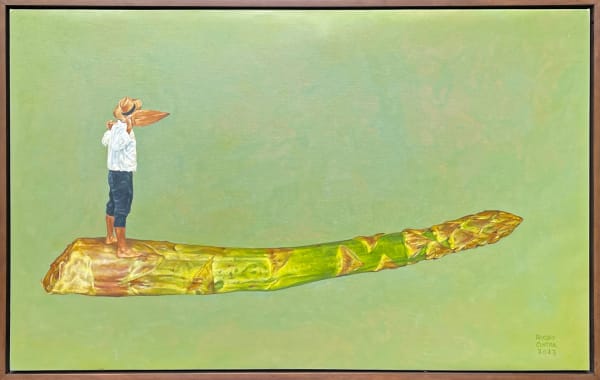
Pinta Miami 2024
5 - 8 Dec 2024Shifting Boundaries Journeys of Displacement and Transformation Beatriz Esguerra Art presents an exhibition centered on the theme of displacement, featuring works by Pedro Ruiz, Juan...Read more -
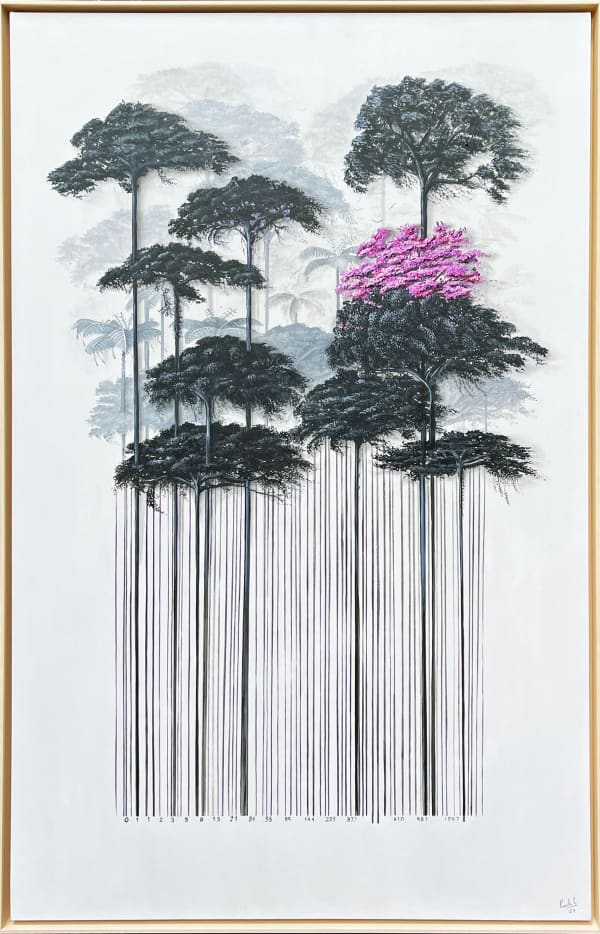
ARTBO 2024
25 - 29 Sep 2024Nature’s Codes Exploring Boundaries, Balance, and Inner Worlds Beatriz Esguerra Art proudly presents at ARTBO 2024 the works of six renowned Colombian artists who explore...Read more -
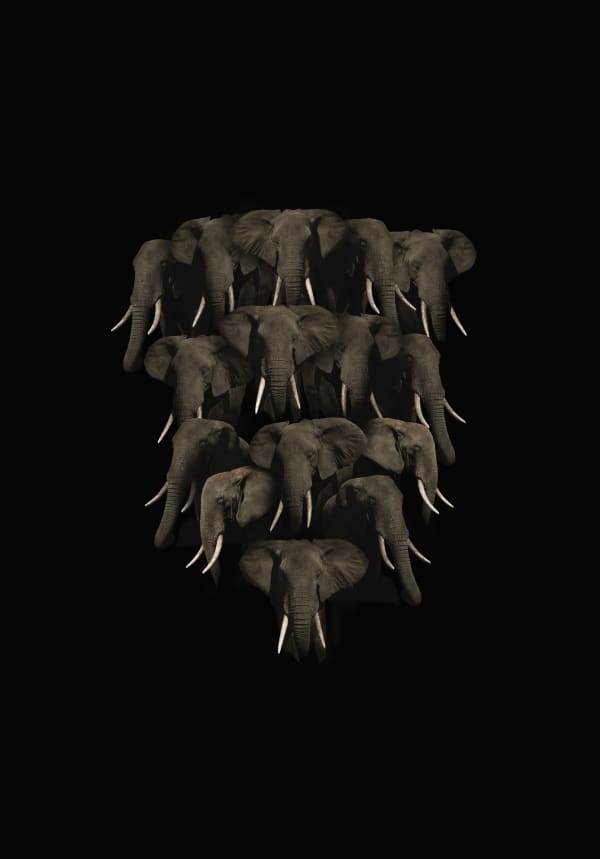
Dallas Art Fair 2024
4 - 8 Apr 2024INTROSPECTIVE LANDSCAPES Colombian artists redefine landscape at the Dallas Art Fair 2024 Discover a world where art transforms the ordinary into the extraordinary. Join us...Read more -

Art Palm Beach 2024
25 - 28 Jan 2024INTROSPECTIVE LANDSCAPES BEA's Colombian Artists Redefine Landscape at Art Palm Beach 2024 Embark on a journey where art transcends the ordinary as Beatriz Esguerra Art...Read more -
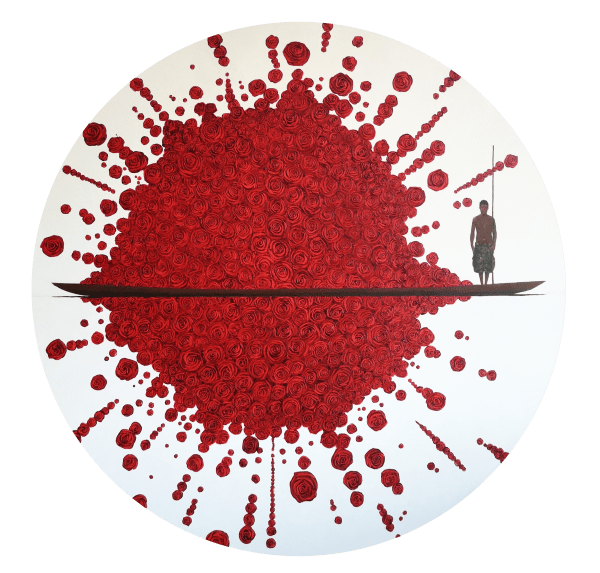
ARTBO 2023
22 - 26 Nov 2023INTROSPECTIVE LANDSCAPES Beatriz Esguerra Art is delighted to present the works of five Colombian artists at ARTBO 2023. These artists, using a figurative visual language,...Read more -
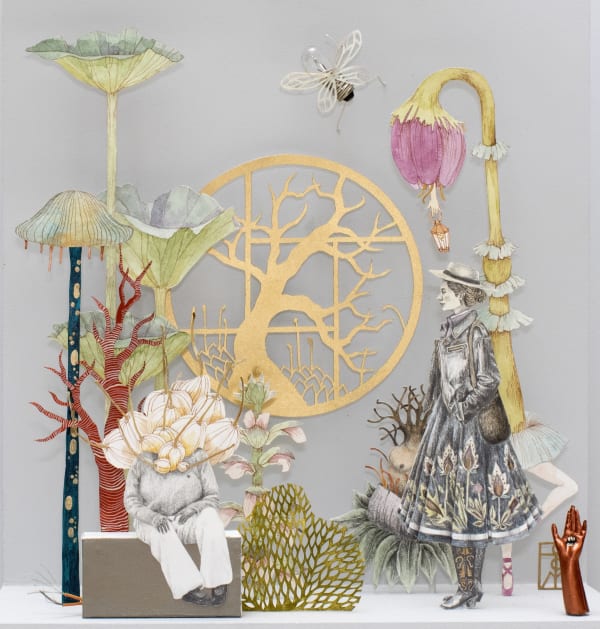
Dallas Art Fair 2023
20 - 23 Apr 2023BEYOND PAPER Colombian artists redefining paper. For decades Colombian artists have been redefining what art on paper is and can be. Next to traditional drawing...Read more -

Los Angeles Art Fair 2023
15 - 19 Feb 2023BEYOND PAPER Colombian artists redefining paper. For decades Colombian artists have been redefining what art on paper is and can be. Next to traditional drawing...Read more -
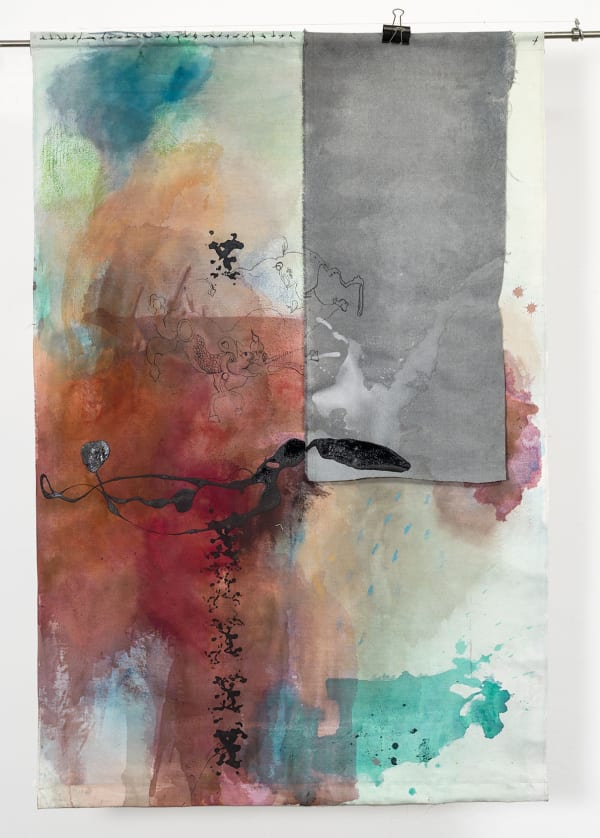
ARTBO 2022
26 - 30 Oct 2022CONVERSATIONS BETWEEN ABSTRACTION AND FIGURATION Beatriz Esguerra Art presents at ARTBO 2022 a conversation between organic abstraction and figuration. Figurative, poetic, and narrative artists Pedro...Read more -
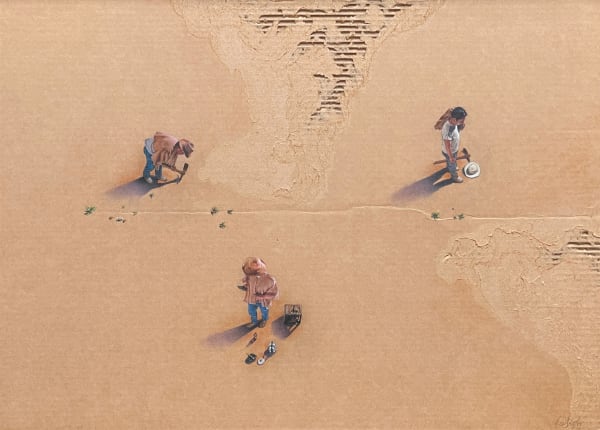
Art on Paper NY 2022
8 - 11 Sep 2022BEYOND PAPER Three Colombian artists redefining drawing Beatriz Esguerra Art at Art on Paper NY For decades Colombian artists have been redefining what drawing is...Read more -

Dallas Art Fair 2022
21 - 24 Apr 2022“Colombian art is one of the world’s best kept secrets.” Colombian art is one of the world’s best kept secrets. Artists with outstanding talent, skill...Read more -

Los Angeles Art Fair 2022
19 - 23 Jan 2022COLOMBIAN PERSPECTIVES Colombian artists redefining paper. Colombian art is one of the world's best kept secrets. Artists with outstanding talent, skill and endless stories to...Read more -
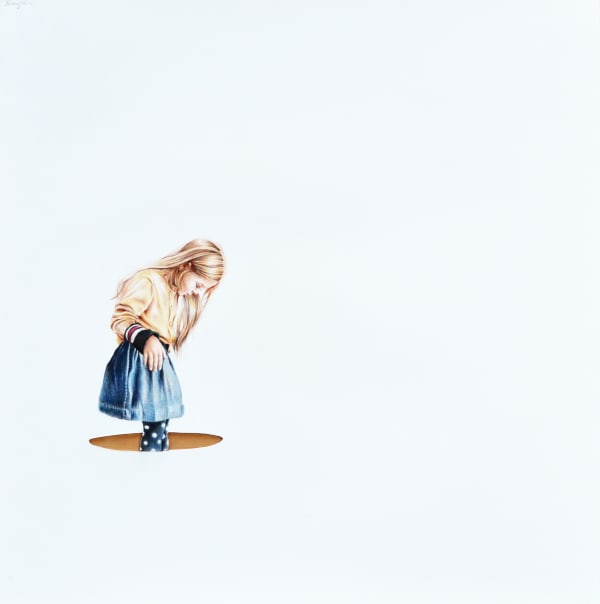
Dallas Art Fair 2021
11 - 14 Nov 2021FIGURE AND SPACE The allure of silent spaces, and figures that interact within them. “Figure and Space” brings together the work of seven Colombian artists...Read more -

Artbo 2021
Conversations 29 Sep - 3 Oct 2021Take a virtual 3D tour of the exhibition CONVERSATIONS During ARTBO 2021, Beatriz Esguerra Art will present the group show 'Conversations,' an exhibition that brings...Read more -

Art on Paper 2021
"Figure and Space" 9 - 12 Sep 2021The allure of silent spaces, and figures that interact within them. Figure and Space brings together the work of six Colombian artists whose expressions, although...Read more -
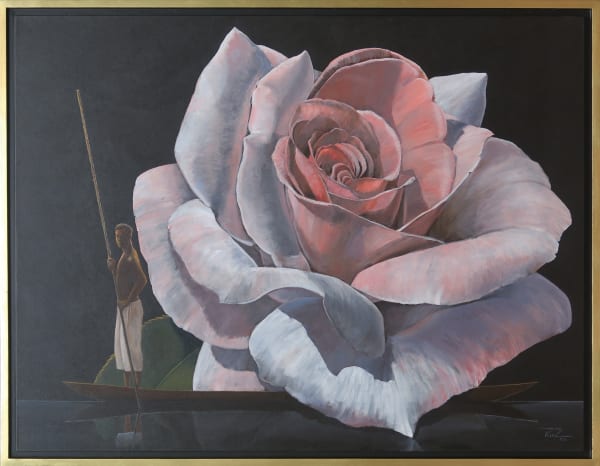
Artbo 2020
27 Oct - 1 Nov 2020ATMOSPHERE AND SPACE Beatriz Esguerra Art presents a selection of works titled 'Atmosphere and Space,' that encompass the gallery's particular style. Atmosphere, space, the human...Read more -

Dallas Art Fair 2020
14 - 23 Apr 2020A fascinating journey through the different expressions of some of Colombia’s best artists. A promoter of Colombia's outstanding artists, Beatriz Esguerra Art offers a journey...Read more -

Artbo 2019
19 - 22 Sep 2019DRAWING & PAINTING Featuring works by Pablo Arrázola, Armando Castro, Teresa Currea, Ismael Rivera, Juan Carlos Rivero-Cintra, and Pedro Ruiz. TAKE A VIRTUAL 3D TOUR...Read more
-

Übermensch
Recent Works by Colombian Artist Pablo Arrázola 26 Apr - 23 May 2025Übermensch Maturity is having rediscovered the seriousness one had as a child at play. — Nietzsche In his new series, Pablo Arrazola returns to childhood as a space of freedom,...Read more -

Subtlety and Silence
A Gallery Group Show 11 Jun - 28 Jul 2024SUBTLETY AND SILENCE In the calm of subtlety and the eloquence of silence, ten remarkable artists come together to create a powerful dialogue at Beatriz Esguerra Art. This group show,...Read more -

KIKO
Recent Works by Pablo Arrázola 6 - 26 May 2023Kiko, Where are you? Where did you go? The mind is remarkable. Have you ever wondered why we associate black and white with the past? What is it about these...Read more -

ARTBO Fin de Semana
Gallery Group Show 21 - 24 Apr 2022Read more -

Conversations in Small Format
A Small Format Gallery Group Show 9 - 22 Dec 2021CONVERSATIONS A Small Format Gallery Group Show After a year of hardwork and adjustment, we are happy to share that 2021 ends on a high note. To celebrate the end...Read more -

Four x Five
Organized by Dallas Art Fair Projects 11 - 25 Nov 2020The human figure is one of those timeless topics that have been consistently explored throughout art history. 'Navigating Space ' is a group show that compiles the work of four...Read more -
Apuchumala
Recent Works by Pablo Arrazola 16 Oct - 13 Nov 2020In being unable to find a word or concept to define this feeling, I recurred, childishly, to making something up. Beatriz Esguerra Art is pleased to announce rising Colombian artist,...Read more -
Navigating Space
Works by Pablo Arrazola, Mario Arroyave, Carlos Alarcon and Armando Castro. 8 Jul - 9 Aug 2020The human figure is one of those timeless topics that have been consistently explored throughout art history. 'Navigating Space ' is a group show that compiles the work of four...Read more -

insignia
Works by Pedro Ruiz, Mario Arroyave, Armando Castro, Teresa Currea, Carolina Convers, Juan Carlos Rivero-Cintra and Pablo Arrazola. 6 - 29 May 2020Insignia is a group show with works that encompass Beatriz Esguerra Art's particular style. One of the characteristics that stands out is an atmospheric feel. All the works featured in...Read more -

New Arrivals
Works by Luis Alejandro Saiz, Carolina Convers, Pablo Arrazola, Mario Arroyave, Teresa Currea, Pedro Ruiz, Danilo Rojas and Ismael Rivera 8 - 28 Feb 2020This new year brings a refreshing wave of artists and works to our gallery. Beatriz Esguerra Art is pleased to present a group show that will open this Saturday, 8th...Read more -

About Paper
A Gallery Group Show 27 Jul - 22 Aug 2019Paper is a multifaceted element, rich in possibilities. This exhibition seeks to explore the role paper plays in works of art, as well as the wide variety that exists within...Read more -

Assorted
A Gallery Group Show 21 Jan - 8 Mar 2019Read more
